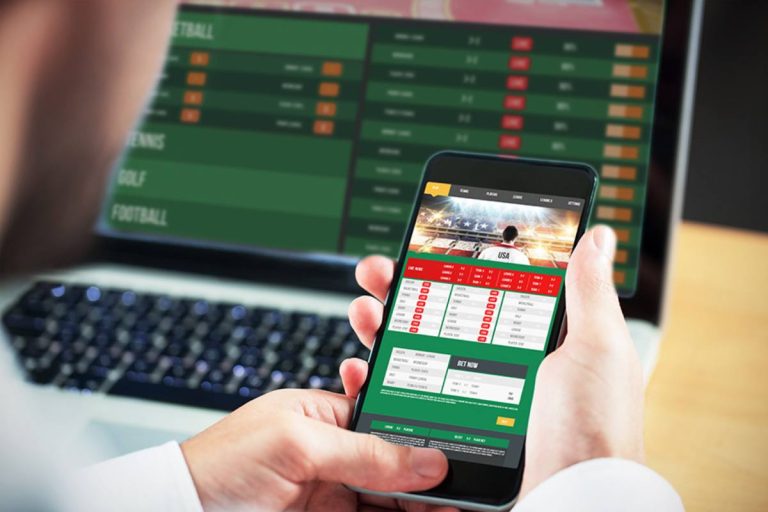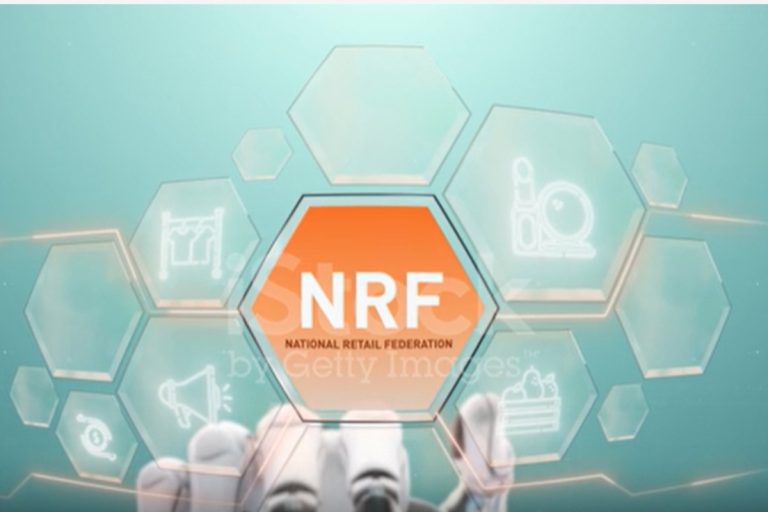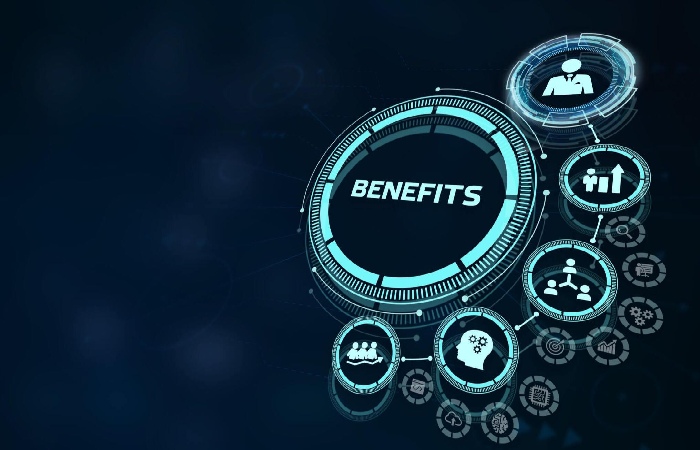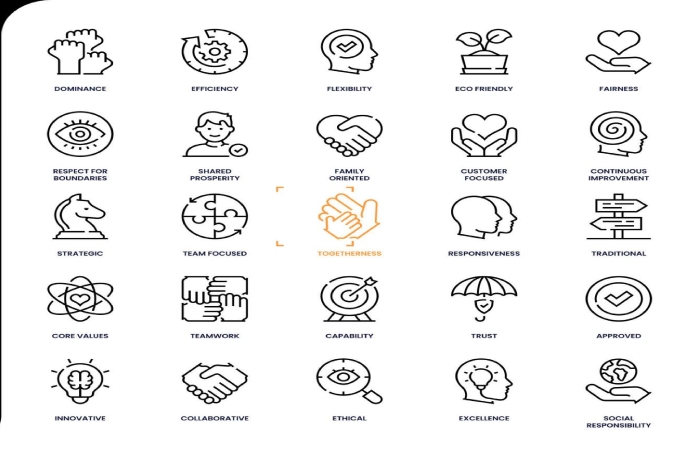Aruba Excursions – Your Aruba vacation is almost here, and you’re excited! You’ve booked your accommodations, reserved your airline tickets, and are starting to check off items on your packing list. If you’re a doer, you may be wondering what Aruba excursions there are beyond the grounds of your beautiful resort.

While most of the resorts and hotels in Aruba boast a picture-perfect, usually beachside oasis in which it’s easy to set up a lounge chair on the beach and stay, well, awhile, there is a lot more to do on this intriguing island.
The island prides itself on being more than a typical Caribbean paradise – a place where, yes, world-class beaches and nearly perfect weather are to be expected, but also a place where one can delve a bit further to discover a warm, welcoming culture, traditional cuisine, arts, history, and more.
Read on for great ideas for Aruba excursions to fill those hours when you aren’t playing on the sand (although you’ll find that some of these day trips include just as much sun and sand, in a refreshing new way – after all, you’re never far from it when you’re in Aruba).
Some of these excursions are typically offered by Aruba resorts and hotels, while others are perfect for DIY days for those who like to plan their excursions.t
Sightseeing & Tours in Aruba

The only thing easier than sailing our happy island is letting a local show you the Aruba they know and love.
On land, at sea and even underwater, a group or individually organized sightseeing tour or excursion is a safe and reliable way for you and your family just to explore all the beautiful corners of Aruba.
Experience our island like a true local by following Aruba guides on off-road adventures to Baby Beach, under the waves to the wreck of the SS Antilla, or on horseback through Aruba’s hidden limestone coves. There is no shortage of hidden gems to see and friendly locals eager to share them with you.
The 8 Best Aruba Excursions in 2024
ATV Andicuri Tour
What’s special about this tour?
This is a superb opportunity to get up close and personal with Aruba’s outback. Let the pros guide you as you jump behind the wheel on this off-road adventure, where you’ll witness a hidden black-stone beach and the wilder side of Aruba’s natural splendour.
Who’ll enjoy it?
Anyone with a sense of adventure, families with older kids (12+), and couples. Must be 21+ to drive.
What you’ll do
Typical stops along this UTV tour include Blackstone Beach, the Three Bridges Formation, the Baby Natural Bridge, the Alto Vista Chapel, the California Lighthouse, the Andicuri Trail, the Ayo Rock Formation, and the Bushiribana Gold Mill ruins.
De Palm Island
What’s special about this tour?
Here’s your chance for a day-long escape to one of Aruba’s most special destinations, De Palm Island. This coral island sits just off the shores of the island and offers white-sand beaches, pink flamingos, snorkelling, water sports, an open bar, and more.
Who’ll enjoy it?
Families, couples, and anyone hoping for an all-in-one tour experience.
What you’ll do
The all-inclusive experience includes food and beverages, snorkel gear, guided snorkel tours, unlimited banana boat rides, a kids’ water park, water slides, salsa lessons and more. Consider fun add-ons, too, including a Sea Trek (underwater helmet walk) or SNUBA (a cross between snorkelling and scuba diving).
Aruba Atlantis Submarine Tour
What’s special about this tour?
Dive beneath the surface of the crystal-clear Caribbean on a state-of-the-art, US Coast Guard-approved submarine to explore the marine life that flourishes below. Listen to informative commentary throughout the sub-tour and learn about the colorful coral reefs, fish, and other marine creatures.
Who’ll enjoy it?
Anyone, especially nonswimmers and small children, who couldn’t otherwise dive below the surface of the waters.
What you’ll do
Tour sights include the Barcadera Reef and several shipwrecks that have come to rest in the turquoise waters off Aruba. At Barcadera, look for large gorgonians and coral, lobster, barracuda, moray eels, French angelfish, pufferfish, and more. At the end of your tour, you’ll receive an official dive certificate.
Locally Led Baby Beach Nature Safari
What’s special about this tour?
Take an exhilarating ride in an open-air off-road vehicle from the rocky north shore to beautiful Baby Beach with a local expert as your guide. This is a great way to see most of the island in one outing.
Who’ll enjoy it?
Adventurous types, families (children 4+ in age), couples
What you’ll do
See the California Lighthouse, the Alto Vista Chapel, the Baby Natural Bridge and ruins, Blackstone Beach, the Ayo Rock Formation, Baby Beach, the Donkey Sanctuary, street art in San Nicolas, Red Anchor, Frenchman’s Pass and a glass-blowing demonstration at a local studio.
Donkey Sanctuary Visit
What’s special about this tour?
Here’s an opportunity to see another side of Aruba, a caring place where volunteers look after more than 100 rescued island donkeys that roam the countryside.
Who’ll enjoy it?
Animal lovers, families
What you’ll do
Interact with the fun, friendly donkeys and talk to volunteers about what they do every day, from feeding to cleaning the animals. Consider buying a bucket of feed so you can give the donkeys a treat by hand.
Natural Pool & Indian Caves Tour
What’s special about this tour?
Choose to drive your Jeep or let your guide steer the way along Aruba’s rugged roads to the Natural Pool, Indian Caves, and more. Snorkelling equipment is included so you can make the most of your time at the Natural Pool.
Who’ll enjoy it?
Adventurous types, families with older kids (8+), couples
What you’ll do
Go deep into the Aruban landscape to the Ayo Rock formations, Arikok National Park, Fontein Cave, Boca Prins Sand Dunes, Guadirikiri Caves, the Vader Piet windmills and the Natural Pool. Plus, get a fish pedicure!
Arikok National Park Horseback Riding
What’s special about this tour?
The horseback riding tour will take you through the special Arikok National Park, one of the highlights of Aruba.
Who’ll enjoy it?
Families, animal lovers, couples
What you’ll do
After a pick-up at your hotel and transfer, you’ll meet with your friendly local guide and learn how to handle your well-trained horse. Set off into the national park, making your way to the third-highest point on the island for an incredible view.
Take a Cruise on a Pirate Ship
What’s special about this tour?
You’re on a tropical island, after all, so why not take as much time as possible to explore it by water? This unforgettable cruise can include snorkelling, if you like, or can be taken during a beautiful sunset. And you get to plunge into the warm ocean via a rope swing! Depending on your cruise time, you can enjoy lunch and drinks on board, too.
Who’ll enjoy it?
Anyone who enjoys being on the water (or peering under it). Families will especially love the swashbuckling fun aboard a replica pirate ship.
What you’ll do
These fun cruises include stops at famous snorkelling sites, including historic shipwrecks like the WWII Antilla, Boca Catalina, and Malmok. Not into snorkelling? Set sail at sunset for an enjoyable and thoroughly romantic island experience.
Do-It-Yourself Day Trips in Aruba
If you’re a planner and a doer, these self-planned excursions are fantastic ways to explore the island. Use these itineraries as inspiration for your adventures. Check out more ideas in our Things to Do in Aruba article.
An Adventure in Paradise
- Start with breakfast at Eduardo’s Beach Shack, one of Aruba’s most popular smoothie bars, fueling up with a fresh fruit and veggie juice, smoothie, or smoothie bowl.
- Go skydiving! No previous experience is necessary for your tandem free fall, securely attached to a professional instructor – you’ll be able to see Venezuela, Curacao, and beyond!
- Set out on a UTV adventure in Arikok National Park to see endemic species, ride along the rugged west coastline, discover the Natural Pool, and visit the Alto Vista Chapel.
- Have lunch or dinner at the Aruba Renaissance Marketplace in downtown Oranjestad, where you can try char-grilled Caribbean seafood, steak, and chicken while dancing salsa to a live Cuban band.
- Take a sunset sail, complete with dancing, drinks, games, and prizes.
Local Inspirations & Indulgences
- Start your day at Mauchi’s Smoothies, which supports local farmers and uses fresh Aruban ingredients.
- Learn about the island’s gold history at the historic gold mine remains at Miralamar in Arikok National Park, the Bushiribana gold mill, and the Balashi Gold Mill near Frenchman’s Pass (the island gold industry eventually produced more than 3 million pounds of gold!).
- Swim at secluded Mangel Halto, with its shallow waters that are supported by mangroves and home to rich sea life. It’s perfect for private sunbathing, swimming, SUP boarding, kayaking, shore diving, snorkelling, and sunset viewing. Look for parrot fish, yellowtail snapper, sergeant majors, and blue tangs.
- Indulge in a tranquil massage at Okeanos Spa, where you can select from island-inspired treatments.
- Take an e-bike tour to experience the beauty and culture of Aruba, from the California Lighthouse and Alto Vista Chapel to Palm Beach, the Natural Pool and the Natural Bridge.
Where will you go on an Aruba Sightseeing Adventure?

For a small island, Aruba has a lot to offer! Contact an Aruba travel agency or tour operator to find one of the best Aruba tours so you don’t miss a thing. Whether you’re planning to tour the sprawling national park or are looking for the best photo spots on the island, Aruba tours are the way to go.
Explore the fascinating desert terrain of this Caribbean island by mountain bike, jeep or playing sports. Visit the gold mine ruins through these Aruba excursions, remembering the island’s past. Hike the trails of one of Aruba’s famous ‘hills’, where you’ll enjoy spectacular views of the countryside. Head out to Aruba’s rugged coastline, where the sun shines on the sea and waves crash against the shore in a showcase of nature’s unique performances.
Thrill-seekers can prepare for the adventure of a lifetime by taking part in an unforgettable adventure exploring the wild side of Aruba aboard an all-terrain vehicle (ATV). Tours are led by a skilful guide who will take you safely through the streets of Aruba, passing charming and colourful houses. As soon as you leave the paved roads, it’s time for a joyful stroll through Aruba’s beautiful countryside.
Aruba jeep tours often stop at the California Lighthouse, the charming Alto Vista Chapel, the famous Natural Bridge, and backroads to the caves, Seroe Crystal, the Bushiribana Gold Mill Ruins. from Guadirikiri and ending at one of Aruba’s pristine beaches.
Sports enthusiasts can indulge themselves in hiking along the Spanish Lagoon Mangrove trail or exploring marine life up close in a kayak or sailboat.
Want to Speed up?
Discover the island’s unspoiled nature through one of the many biking tours. Those who go up and down the trails will be rewarded with a good dose of endorphins and multiple breathtaking views. These are the Caribbean excursions you’ll be talking about for years to come.
How to Get Around on a Self-Planned Aruba Excursion
Your all-inclusive Aruba resort will be able to assist you with rental cars, taxis, and shuttle service.
If you prefer to do this on your own, it’s easy to organize a taxi or ride on public transportation. After all, the island is just 70 square miles in size. The roads are safe and modern. Rental cars are available at Queen Beatrix International Airport.
Is Aruba Worth Visiting? An Honest Review

Aruba is most famous for its incredible beaches with almost impossibly white sand and bright turquoise waters. Palm Beach (as the name suggests) is filled with palm trees and backed by glamorous high-rise hotels.
The wind-fueled watersports, delectable fresh seafood, and breathtaking white beaches made Aruba a beloved vacation spot. Thus, The island has plenty more claims to fame. for example, Dramatic rock formations, soothing natural aloe, colourful architecture and a constantly evolving street art scene.
Visitors get to enjoy a tropical paradise, locals benefit from job opportunities and economic growth, and the island’s natural beauty is preserved for years to come. As Aruba continues to attract more travellers, it’s important to remember the importance of sustainability and responsible tourism practices.
Fun fact – there are more than 90 different nationalities present in Aruba and most Arubans speak four languages with the most commonly used being Papiamento – a Portuguese-based Creole language.
Also Read: Scottish Castles

















